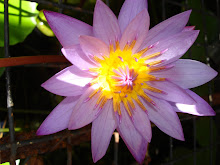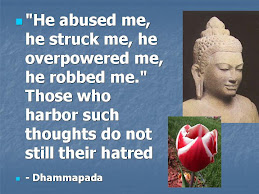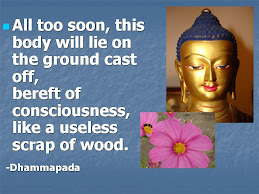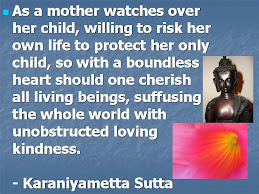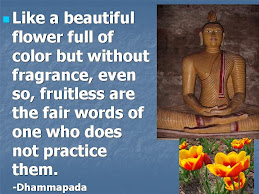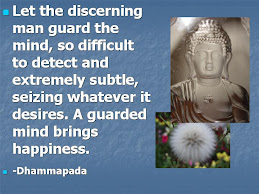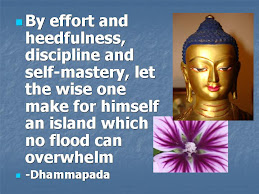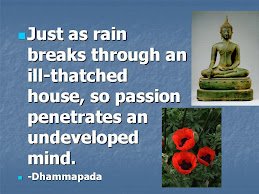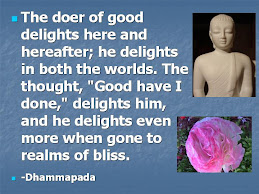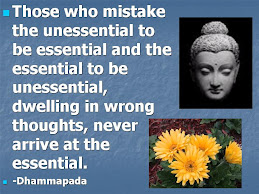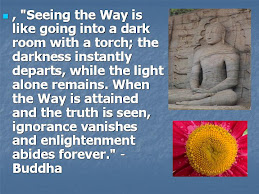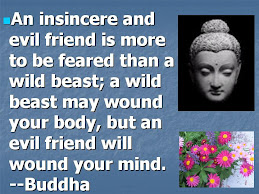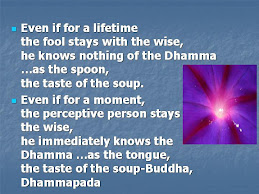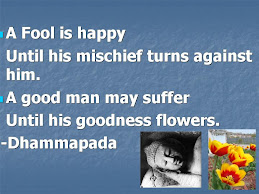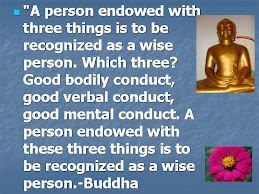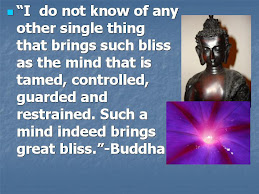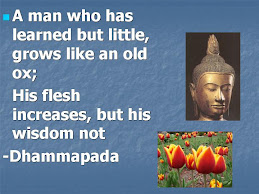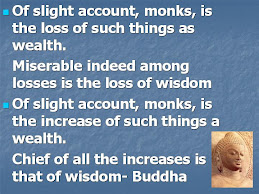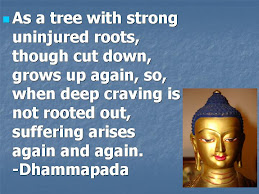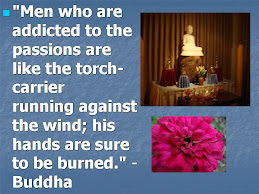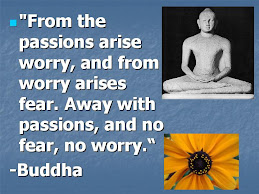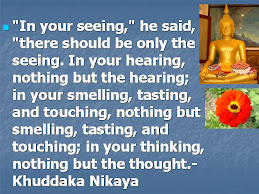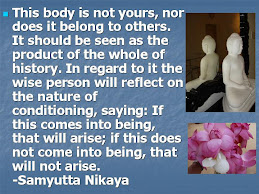Imagine a stream of water flowing over a large rock. Over time it will make small tracks on the rock that will gradually become grooves and eventually become big ruts. It is similar to what happens in the mind. The mind learns patterns though our habitual ways of thinking. As we discussed in the last post (How can we train ourselves to be kind and compassionate?) what we keep thinking and pondering about becomes the inclination of our minds. If we have thoughts of sensual desires, ill will and harm all the time, that will become the inclination of our mind. The result will be greed, anger and hatred. If the ruts we have made are deep no matter how we try to pour water on the rock the water will travel only in the direction of the ruts. However the good news is that in the mind we can wipe all these old ruts and make new ones. This requires work. This is the training of the mind through meditation, specifically loving-kindness meditation. When we have thoughts of non-sensuality (less greed), loving-kindness and compassion that will become the inclination of our mind. This will result in more generosity, loving-kindness, compassion and altruistic joy. Now these "ruts of the mind" will benefit you and people around you.
There is now much evidence in neuroscience to show that we can form new neural pathways according to how we train our minds. This is known as Neuroplasticity. Here is some of the latest research to show how compassion meditation can change your neural pathways in the brain:Imaging finds different forms of meditation may affect brain structure Meditation’s positive residual effects.
Also see:





